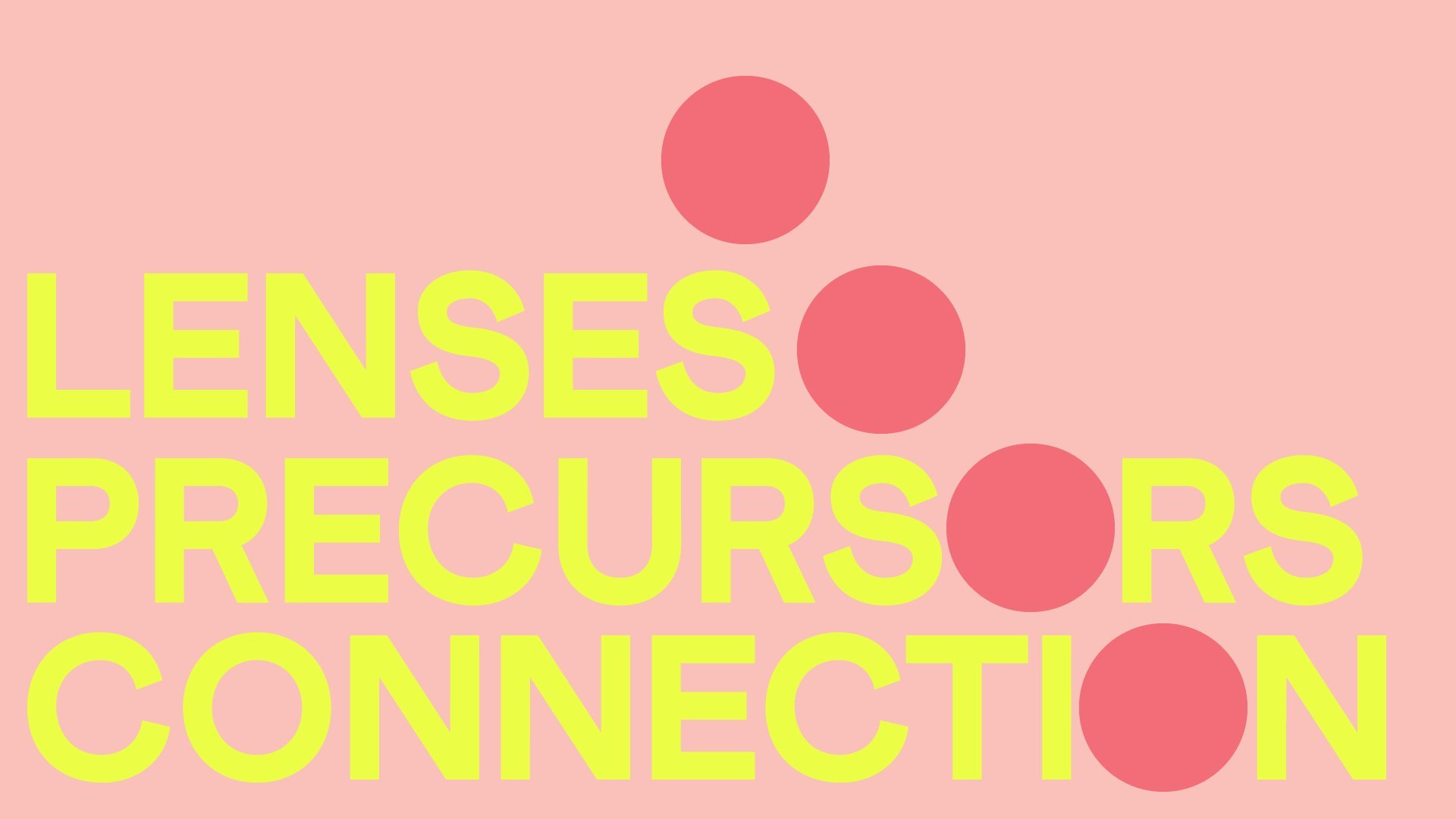Why we need to feel safe before we can think safe
We’ve just rounded the corner from Safe Work Month, which is always a great reminder to take a look at the way we work and re-commit to building a safe and healthy workplace. This year’s focus was ‘Think Safe. Work Safe. Be Safe.’ which definitely got us thinking. Each of those aspects are important, of course, but we think the approach is missing a vital first step.
There’s something we need to do before we can think, work or be anything, and that’s check in with how we feel.
Ugh, we know! Emotions are perhaps the most confusing, wonderful, infuriating, exciting, maddening, humorous, occasionally downright depressing part of being a human. Each day, it’s all aboard a rollercoaster of feels for a thrillingly unpredictable ride through the highs and lows of life.
And as if that isn’t challenging enough, we have to navigate how we feel the feels in the workplace while still trying to come across as professional and like we’ve got it all together.
Emotions in the workplace
For a solid chunk of the 20th Century, we were strongly encouraged to leave our emotions at home. Work was an eight-hour amnesty, an emotional Switzerland of sorts. Dammit, you go to work and do the business! How was anyone meant to make smart decisions if emotions turned up all illogical and irrational and ruined the day?
Fortunately, these beliefs have changed in most workplaces, or are in the process of changing in slower moving organisations. Studies have proven what the more emotionally savvy among us already knew intuitively: emotions are healthy in the workplace, provided they’re well managed. More than healthy, actually. When woven into our working life, they’re powerful intrinsic motivators of learning and behaviour.
Our feeling brains
Our brain ultimately guides how we react to different situations, at work, home, and everywhere in between. Understanding how our brains process emotions, and being able to manage our emotions (and others’) rather than having them control us, helps make the most of their amazing potential, overcome limitations, and build better, more meaningful, relationships with others.
What’s the brain’s primary purpose? Survival. It uses 25 per cent of our energy every day just keeping us alert to and avoiding danger. Whether it’s fleeing a sabre-toothed tiger, slamming on the brakes if we see someone step out in front of our car, or responding to subtle facial cues from others so that we don’t make everyone cry at the morning meeting.
We are, at our core, emotional creatures. There’s just no getting around it (we’ve checked, sorry!). We process information through our emotional centre first, before our rational brain kicks in to make those logical, rational and planned decisions and behaviours we want people to be making at work.
However, this tendency towards feelings first also means we can use emotions to capture hearts and minds, get our teams excited about a project, and inspire loyalty and teamwork.
We can use emotions as:
Lenses for our messaging: The strongest messages always appeal to emotions. Our communication should consider how we want people to feel, as well as providing them with what they need to know. Let’s leave bland, emotionless language behind and embrace all them feels.
Precursors to behaviour: We can use positive or negative emotions to influence behaviour. Since our survival instinct relies on our attention being drawn towards negative things, it’s easy to default to negativity in our messaging. But it’s positive emotions that drive curiosity, learning, recall and long-term behaviour change. When it comes to influence, positivity trumps negativity every time.
Connection builders: As long we’re working with people, it’s essential to get better at dealing with feelings at work. The way we manage our own and others’ emotions is critical to building better relationships and connections.
For the more cerebral, acknowledging emotions at work might sound inconvenient or downright scary, but it actually presents a massive opportunity. Understanding that people are emotional beings with wants, needs and fears — just like us — sets us up to connect on a whole new level.
Creating that connection helps build the feeling of emotional safety. And it’s only when we feel safe, can we start thinking about thinking safe, working safe and being safe.
Want to talk about how you can harness emotions to cut through with your next comms campaign or training)?
Get in touch.



